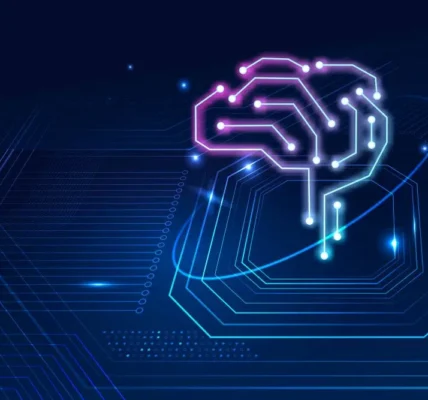In the early days of computing, losing a file often meant losing it forever. A single power outage, disk failure, or accidental deletion could wipe out hours—if not days—of hard work. However, in today’s digital age, the landscape of data recovery has undergone a drastic transformation. What was once a reactive scramble to retrieve missing information has evolved into a proactive, security-driven strategy designed to protect, preserve, and recover data with speed and precision. Welcome to the Evolution of Data Recovery in cybersecurity.
The Early Struggles: Recovery in the Dark Ages
In the 1980s and 1990s, data recovery was a rudimentary and costly process. If a hard drive failed, the only option was to send it to a specialised lab where technicians might painstakingly extract what they could. There was a limited understanding of data redundancy, and backups were either rare or poorly maintained. This made companies incredibly vulnerable to data loss, whether from hardware failure, human error, or malware.
The cybersecurity element was almost non-existent. Data loss wasn’t necessarily due to malicious intent—it was more a result of fragile systems and insufficient safeguards.
The Backup Revolution: Laying the Groundwork
As computing matured, so did the recognition that data is a critical asset. The introduction of external storage solutions, magnetic tapes, and later cloud-based backups marked a significant turning point. Backup strategies became central to IT infrastructure.
This phase also introduced redundancy and version control, where multiple copies of files were stored in different formats and locations, ensuring data integrity and facilitating easy recovery in the event of data loss. Backup software could automate processes, reducing human error and increasing recovery speed.
Cybersecurity still played a minimal role, but that was about to change dramatically.
The Rise of Cyber Threats: Data Recovery Meets Defence
With the explosion of the internet came a surge in cyberattacks. Viruses, worms, and later ransomware began targeting not just individual files but entire networks. Suddenly, data recovery wasn’t just about hardware failure—it was a battle against intentional sabotage.
Ransomware, in particular, reshaped the field. Attackers would encrypt data and demand payment for its return. This forced organisations to invest in air-gapped backups, immutable storage, and disaster recovery planning—not just to recover from technical glitches but to withstand cyber warfare.
Cybersecurity and data recovery became two sides of the same coin. Today, a strong recovery plan is considered a fundamental layer of cybersecurity defence.
Modern-Day Fortresses: Resilience Over Reaction
The modern era of data recovery is defined by resilience engineering—building systems that not only recover from incidents but continue to function during them.
Some key advancements include:
- Cloud-native backups that are encrypted, scalable, and distributed across geographies.
- Real-time replication, where changes are mirrored instantly to recovery servers.
- AI-powered anomaly detection, which spots suspicious behaviour before damage occurs.
- Zero-trust architecture ensures that only authorised entities can access sensitive recovery tools.
Moreover, regulatory compliance (such as GDPR, HIPAA, and ISO standards) has not only made robust data recovery a best practice but also a legal requirement for many industries.
The Future: Autonomous Recovery and Cyber Resilience
Looking ahead, data recovery is evolving toward autonomous, intelligent systems. Imagine a future where:
- Compromised data is identified, isolated, and replaced automatically.
- AI predicts system failures before they occur.
- Quantum computing enhances encryption and data restoration speed.
In this future, organisations won’t just survive attacks—they’ll thrive despite them. The goal is shifting from damage control to cyber resilience, which involves minimising impact, maintaining continuity, and rapidly rebounding with minimal disruption.
Conclusion: From Chaos to Control
The journey from lost files to fortified systems has been nothing short of revolutionary. Data recovery has grown from a reactive afterthought to a cornerstone of modern cybersecurity. As digital threats grow more complex, so too must our strategies for defending—and recovering—our most valuable digital assets.



